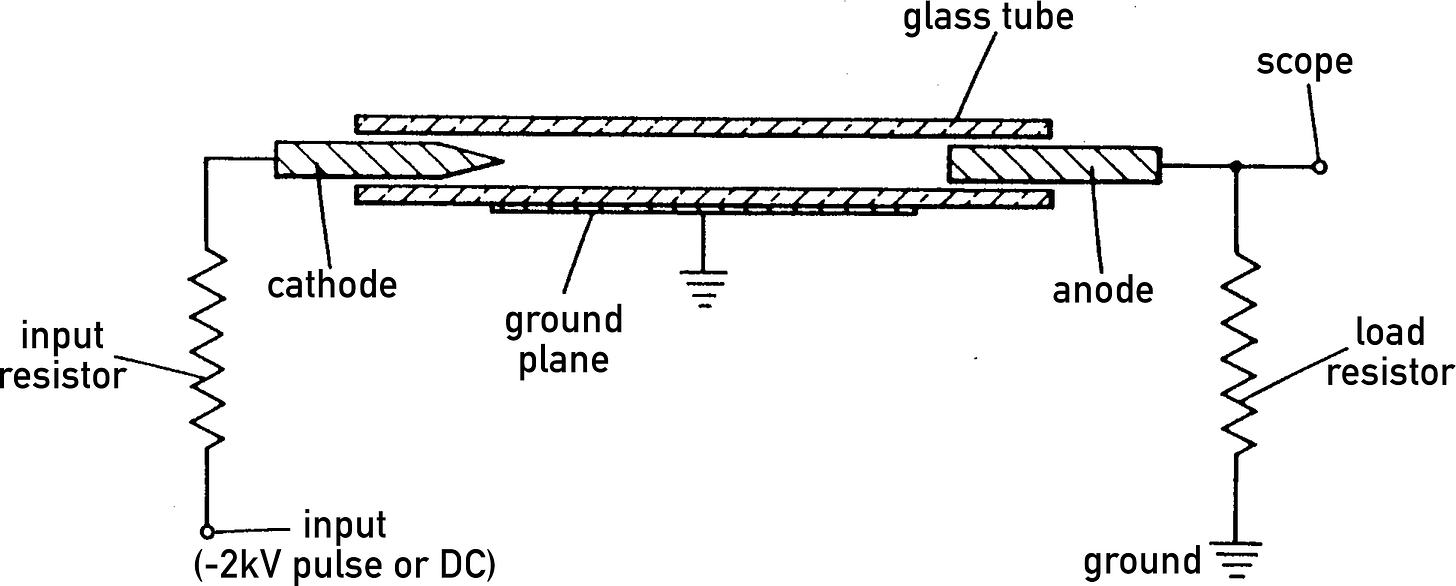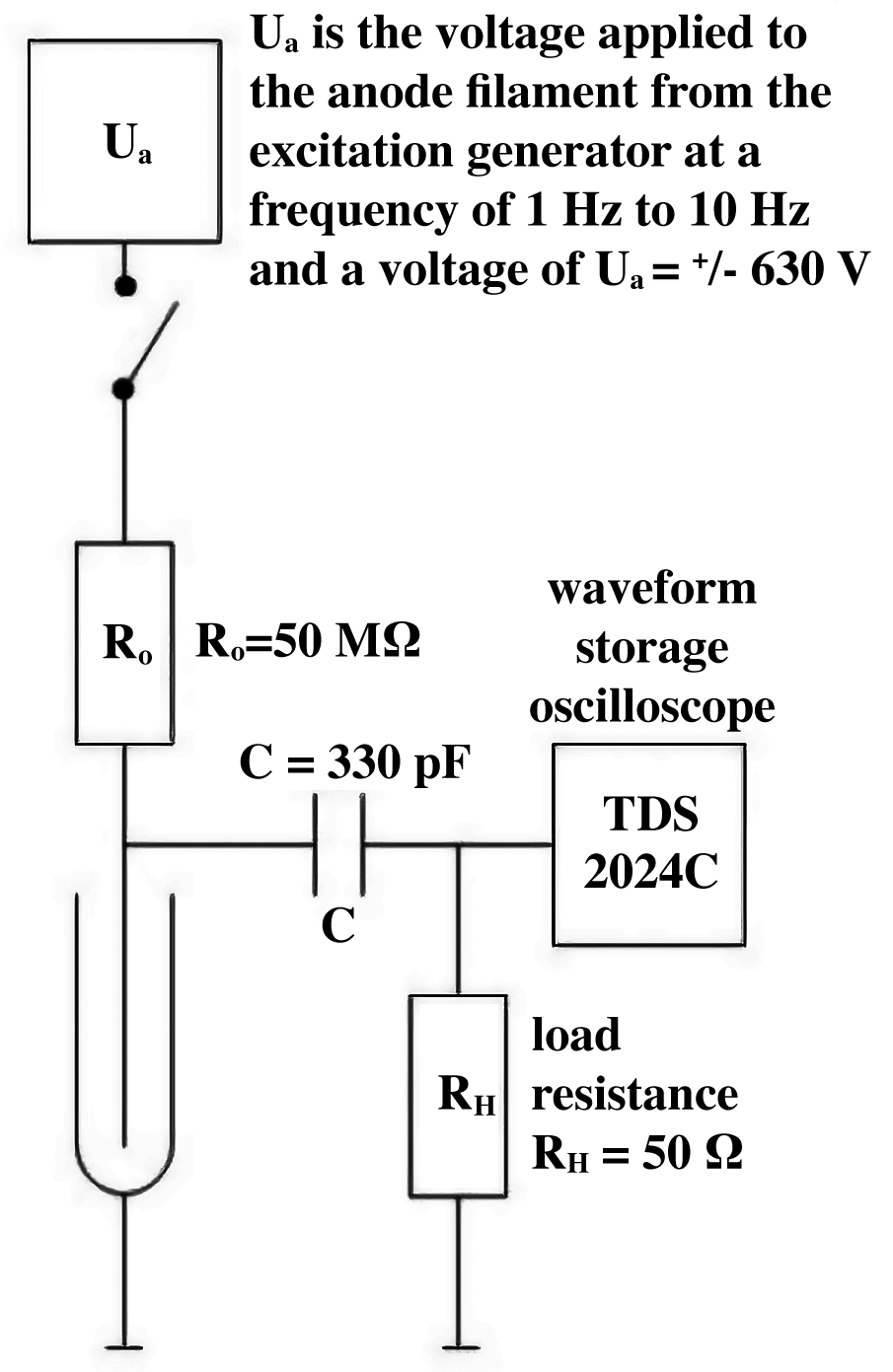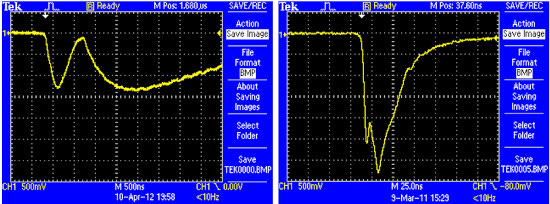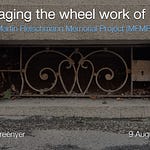This document has been translated and published with a voiceover by Bob Greenyer, with the permission of the author Alexander L. Shishkin and the article is speaking from his perspective having conducted more than 50 years of continual research in this specialist field.
Abstract
Anomalous current pulses (ACPs) have been recorded by an SNM-14 neutron detector, which exceeded the signal from a reference Pu-Be neutron source by two to four orders of magnitude. The author suggests that ACPs are associated with the registration of exotic objects, similar to micro-ball lightning and named by one of their discoverers Ken Shoulders - Charge Clusters (CCs). Under extreme impacts on material objects such; as mechanical load, electromagnetic pulses or ionising radiation, the concentration of CCs increases around them, which can "stick" to ionising radiation detectors. Under certain circumstances, for example, when there is a sharp change in electromagnetic field strength, these clusters "explode" resulting in signals being recorded in both neutron detectors and other charged particle detectors.
Introduction
Physicist Ken Shoulders published in the 1990s [1]1 information about "Exotic Vacuum Objects" or "Charge Clusters" (hereafter CCs). He experimentally established some of their characteristics:
The size of the observed single CCs is about 0.1 µm.
The number of electrons packed into such a cluster is 10^8 - 10^11.
A charge cluster acquires considerable mass, by capturing atoms of matter, from the surrounding space in the form of positive ions at a rate of one per 10^5 electrons.
Carrying a huge amount of uncompensated electrons, charge clusters, do not only not repel each other, but form stable structures, which require sufficient external influence to break.
The total electric charge of the local cluster group, depends on the pressure and composition of the gas, on the specific environment (dielectric surfaces, conductive screens) and is slightly negative or practically neutral. Therefore, CCs drift in an external EM field, interact with surfaces, and are destroyed with the release of energy and stored electric charge when they meet a metallic anode.
Ken Shoulders found that Low Energy Nuclear Reactions were observed when a charge cluster disrupts upon encountering a palladium foil target.
Experimental technique, schematics and design details of setups are given in US Patent № 5,018,180 [2]2. One of the variants of the device for detection of CCs is shown in Figure 1. A pointed cathode creates the conditions for the field emission of CCs. A quartz or glass tube, filled with the discharge gas at the pressure of 1-2 mm of Hg column, is equipped with a screen, which serves to monitor the process and is a conductor for CC streams to the anode. A negative voltage is applied to the cathode, the anode is grounded, the input resistor sets the cluster formation current, and the output resistor limits the discharge current of clusters being destroyed at the anode. When a negative pulse with a duration of, for example, 600 nanoseconds is applied to the cathode, a whole series of CCs is registered, and by this very same field the clusters, according to Ken Shoulders, are accelerated to a speed equal to about a 0.1 the speed of light and pass through the tube very quickly.
The authors of [3]3 found traces of CCs on X-ray films. In the work [4]4, the interaction of clusters with a neutron detector based on a SNM-14 corona counter was studied (Fig.2).
It was found that the charge clusters present in the surrounding space "stick" to the outer and inner surfaces of the cathode. When an excitation pulse with a short rise/fall front (about 250 ns in this case) was applied to the anode, the CC was destroyed and abnormal current pulses were recorded (ACPs - photo 1 and 2).
The intrinsic capacitance of the SNM-14 is approximately 1.5 pF. The maximum charge that could be removed from this capacitance (Ck), charged from the excitation generator, does not exceed the value: Qmax = Ck*Ua = 1.5*10^-12*630 = 9.45*10^-10 C. The charge of the ACP in photo 1 is 64 times higher than Qmax, in photo 2 - 3 times higher. For the comparative estimation of the ACP parameters, the maximum signal amplitude (Ua = +630 V, RH = 17 kΩ) from an alpha particle with the energy 1.47 MeV flying into the volume of the detector from the cathode surface during the capture reaction with the isotope 10B (applied to the inner surface of the cathode) of a thermal neutron from a calibration Pu-Be source is shown in Photo 3.
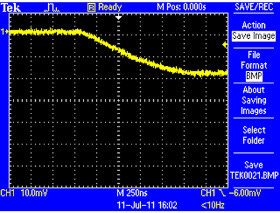
The charge collected at the anode was estimated by approximating the signal curve with a triangle, where t is the duration of the signal, u is the maximum amplitude of the signal at the load resistance r. The charge Qalpha is estimated by the formula: Qalpha=u*t/2r. The total signal duration is approximately four times the signal fall time, i.e. t = 5*1.5*10^-6 s. Consequently, the collected charge is estimated by the value:
Qalpha = 18*10^-3(V) * 5*1.5*10^-6(s) / (2*1.7*10^4(Ω)) = 4.0*10^-12 C.
This signal is approximately 1.5*10^4 times less in charge than the signal in Photo 1 and 700 times less than the signal in Photo 2. Estimation of the ACP charge was made also by approximation of the signals by triangles. Of course, the estimation of the collected charges by means of this approximation method has a large error, but it does not matter much with respect to their comparative estimates.
The following test experiments were performed to rule out high-frequency signals "creeping in" through parasitic capacitances or some other build-up in the circuit:
One of the detectors on which the ACPs were recorded was punctured. The gas content changed, but the detector capacitance did not. But the ACPs disappeared, since the electrons from the destroyed CCs were captured by the oxygen in the air. If something had crept in through parasitic capacitance, the ACP pattern would not have changed significantly.
The ACP count rate in the first minutes after the system is switched on is 40% to 50% higher than after half an hour to an hour of operation. This count rate plateaus and depends on the time of day and year. When the system is switched off and on again, the dynamics of the ACP count rate are only restored after a few hours. Therefore, a cautious conclusion can be drawn that the sensor is in a "fluid" of CCs, and this "fluid" has a high penetration capacity and low "fluidity".
From the analysis of the experimental data [3-8] further conclusions were drawn about the behaviour of CCs:
Under mechanical and/or electrical impact on CCs, the cluster decomposes (explodes) with emission of radiation accelerated up to between 6 to 8 keV. This explains the appearance of X-ray radiation near cavitators, cavitating jets of liquids and when a metal bar is bombarded by quartz sand particles [4,5 and 6]56.
When passing through a material, CCs acquire the properties inherent to a cluster formed from elements of that material [3, 5, 7 and 8]78.
Under natural conditions, the concentration of CCs in the surrounding space is highly dependent on the radionuclide content in the surrounding rocks and structures, on seismic activity, as well as on the level of solar activity. The characteristics of these clusters are similar to those of micro-ball lightning.
When material objects are exposed to extreme impacts, the concentration of CCs nearby will increase. If ionising radiation detectors are located near these objects, some part of the clusters will necessarily attach to the internal and external surfaces. If the detectors are in an area of vibration and/or electromagnetic interference, it is possible that the clusters "sitting" on the detector will be disrupted. Therefore, detectors will register a flash of a large number of pulses in a short (fractions of a second) time. It is possible that many researchers mistakenly thought they were registering alpha particles and neutrons. Examples of dubious neutron registration:



